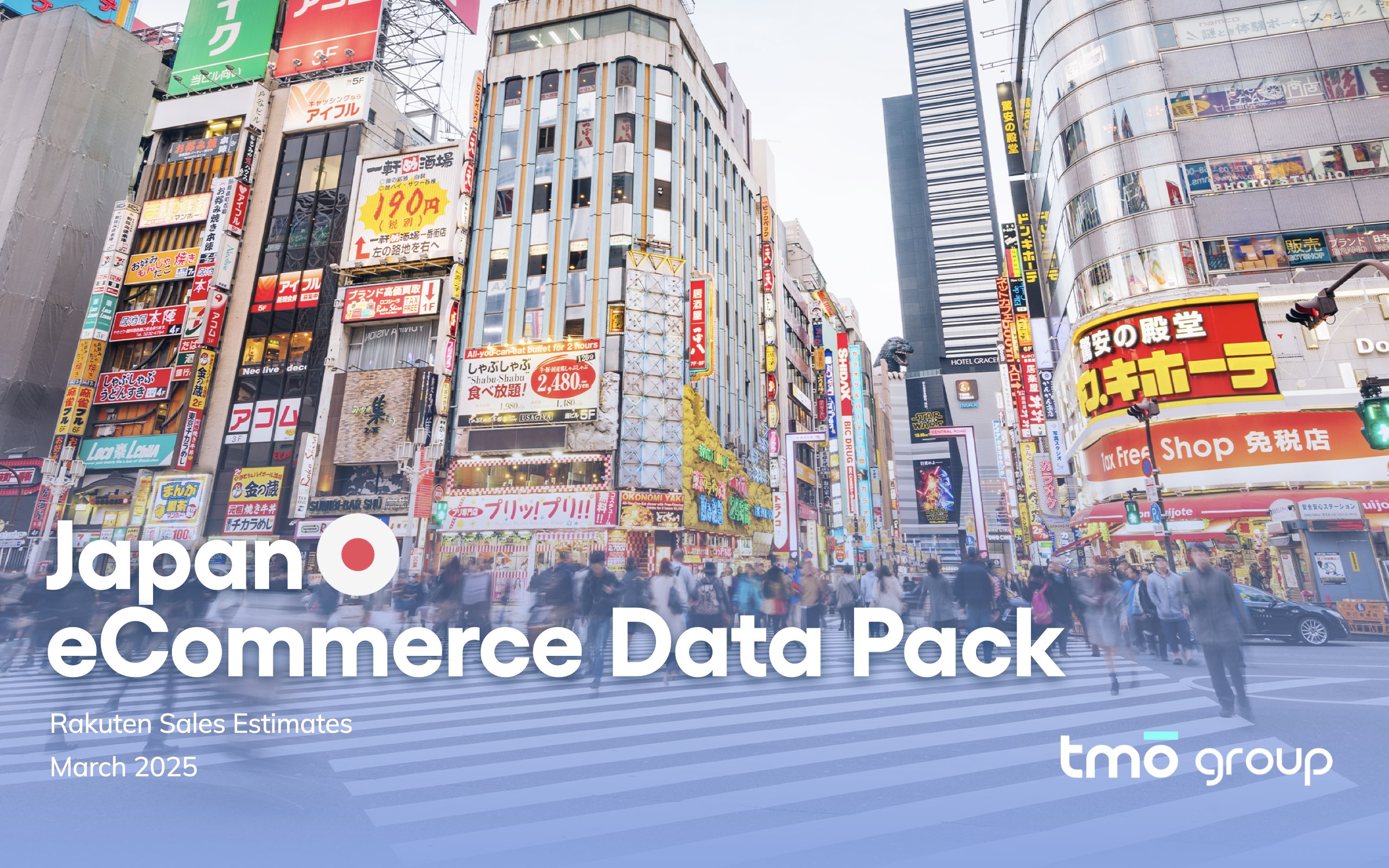By now, you've probably been told more times than you care to remember about the importance of a Never Forget the User Experience DesignUser experience design has made our ears from the cocoon. The competition is getting fierce, only few of business owners keep that concept in mindpositive user experience on your website. It truly is a make-or-break element of effective digital marketing, affecting consumer perceptions of your brand, traffic, conversions, and search engine rankings.
If you've taken the time to survey customers about your website or consult a marketing agency for a UX analysis, you’re ahead of the game! Looking to your 6 Ways You Can Steal to Keep Visitors on WebsiteIs your website inviting enough for them to want to take off their coat and stay awhile? If people aren't spending much time on yours take the steps in the followingtarget audience (who you built your website for in the first place) or consulting expert advice are among the most effective ways of evaluating your site.
Maybe you've determined that customers can't find your content, are turned off by how slow your web pages load, or don’t trust you based on your digital brand – so what do you do about it? While you may not have the time or financial resources to support a complete redevelopment, this doesn't mean you have to throw in the towel. There are several simple, affordable ways to improve your website’s UX.
Consistent Layout
A critical part of UX is designing a site that is easy to use and evokes a consistent brand image across pages. Using a similar layout from page to page helps guide the reader through your content and bring more attention to your calls-to-action. Placing CTA buttons or contact forms in the same location on every page will likely get them more clicks and completions because users don’t have to dig around to find them.
Easy-to-Use Navigation
Coinciding with a consistent layout, you can further simplify a visit to your website through clear and organized navigation. Your navigation bar or menu serves as the GPS for your website. If you know where you want to go, these tools will get you there. However, if you’re being introduced to a company for the first time, you may not necessarily know what you’re looking for right off the bat. This is where a clear pathway is essential, and you can provide this to your visitors far beyond the simple bar at the top of the page.
Guide users through your site with text and images that indicate the ideal order for looking at content (also called visual hierarchy), or suggest content the user may like based on previously clicked pages. Your product or services pages should always provide information that indicates what visitors should do next. Whether it’s a “buy” button, contact form, or related blog posts, don’t just educate users on one of your offerings and leave them out to dry. That’s no way to build rapport or encourage them to purchase from you.
High-Quality Images
Whether or not your website serves an ecommerce purpose, How to Use Images Synthesis Design in eCommerce WebsiteWhen talk about eCommerce website product page design, how to use and match images could be one of the most important topic. First let's see some examples:the use of high-quality images is equally important. If consumers can purchase directly from your website, how likely do you think they are to buy something that is displayed by a pixelated image or an image that can’t be zoomed in?
It’s definitely going to deter some shoppers away, so make sure you’re not only using images that reflect the standard of products you sell, but that show the item from a variety of angles. This will give consumers comfort in knowing what they are going to get if they make a purchase. Even if you don’t actually sell your products or services online, you have to entice them to come to your store and make a purchase, and How to Make Use of Images to Boost Website DesignGenerally speaking, a good website usually has clear and appropriate images. Today we' like to share how to make use of these images to boost your website designattractive imagery is an effective way to do so.
Also, be careful when using stock photos on your website. They definitely have their time and place: blog posts, website content, and even your homepage. But don’t go overboard with stock photos, and choose the ones you do use wisely, so it doesn’t make your website appear cheesy or illegitimate.
Quick Load Speed
Ok, I’ll admit it; we are pretty spoiled these days when it comes to the technology available to us. We literally have the world at our fingertips. That being said, we don’t have nearly the patience we used to when it comes to website loading speeds. These aren’t the AOL days of the early 2000s. Due to our fading patience, the ideal load time is 3 seconds or less before you risk losing visitors from your site.
Google also knows how important (and impatient) consumers are, and takes page load speed into consideration when it comes to SEO rankings.
Luckily, there are several ways to fix this problem. The first, and probably most effective, way to go about speeding up your site is by indexing your database of content. An unorganized database of product offerings, blog posts, and other content makes your website have to work that much harder to pull the information the searcher is looking for. Organizing this into relevant categories helps to speed this process up, and this will reflect in your overall load speed.
Another element that is slowing you down is the abundance of tracking codes on your website. Trust me, I love staring at user analytics as much as the next person, but you have to cut back. Having multiple tracking codes running at once just slows the system down. Finally, Google Search Console’s PageSpeed Insights Tool can give you a specific look at what’s causing your site to load slowly and how it’s affecting your rankings.
CTAs on Every Page
If you want to 5 Effective Ways to Double your Conversion RatesThere’s a popular line from a movie which has been used in reference to websites: if you build it, they will come. Many people have used this to point outmaximize conversions on your website, you have to call visitors to take action, right? Whether you have CTA buttons, contact forms, a phone number, or live chat capability, you should have at least one of these calls-to-action on every web page. There should always be a way to get in contact with you without having to click on the ‘Contact’ page and leave the current page you’re on.
During the research or purchase process, it’s easy to get caught up in the plethora of information we are trying to consume and forget about the fact that we actually need to take an action to fulfill that particular need. A friendly reminder through a CTA will help get your consumers back on track and more likely to support your business.
Guest Checkout
This is an element that is often missing from ecommerce websites, and it’s only leading to missed sales opportunities. It’s understandable that you want shoppers to create an account on your website so you can manage their purchases and help them shop with ease if they return. However, sometimes consumers just need to make a quick purchase and don't want to take the time to fill out a full profile. Offering an option to check out as a guest shows that you’re sensitive of their time and cater to their shopping needs. While it might not seem preferable to offering only one checkout process, remember, user experience is about the consumer.
There’s a lot that goes into creating a positive user experience for consumers, but the root of a successful web presence comes down to understanding your target audience. You can’t design an effective website or utilize any of the tips above if you don’t know who you're trying to reach with your website. Once you understand your consumers, try to put yourself in their shoes. If you were a complete stranger that came to your website, what would make the experience helpful for you? This strategy, along with these ideas and your analytics tools, will help you boost your website’s UX, building search rankings and sales in the process.
TMO Group is a web technology company in Shanghai. We provide eCommerce website development & Mobile development. More details about our services, please send us an email or call our hotline.












